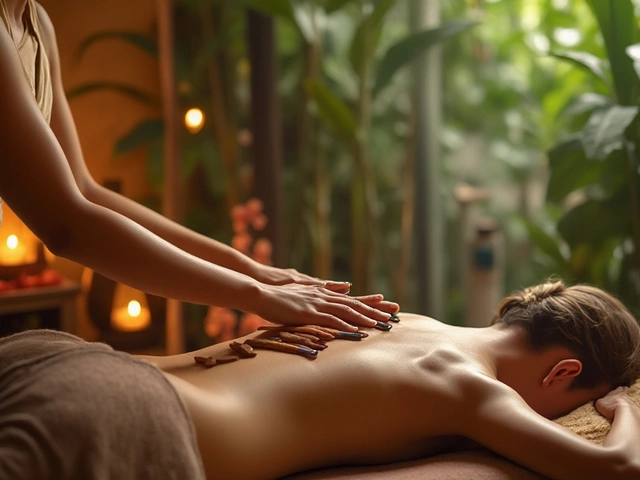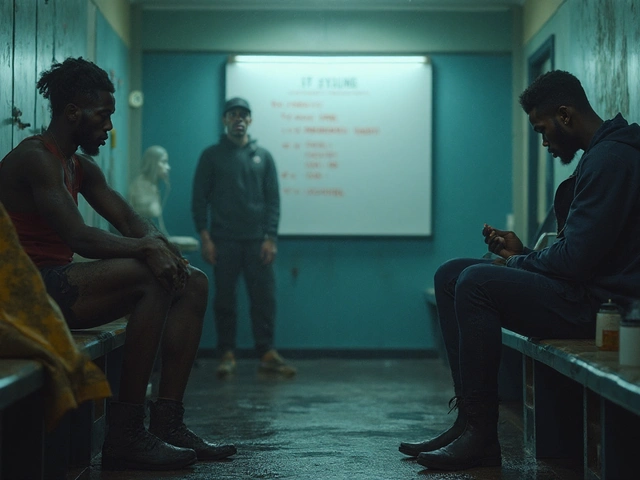Dog flexibility: simple ways to keep your pup moving well
Stiff muscles make walks shorter and play less fun. Improving your dog’s flexibility helps them move easier, recover faster, and lower injury risk. This guide gives clear, safe steps you can use right away—no special gear, just consistency.
Why flexibility matters for dogs
Flexible muscles and joints let dogs run, jump, and climb without strain. Older dogs keep independence longer when they maintain mobility. For active dogs, better flexibility reduces the chance of pulls and chronic tightness. Tight muscles can hide pain or lead to limping, so flexibility is a simple way to protect your dog’s long-term health.
Daily routine: 5–10 minutes that help
Short, regular sessions beat long, rare ones. Aim for 5–10 minutes after a gentle walk, when muscles are warm. Start slow and stop if your dog shows pain—growling, pulling away, or a stiff leg during the move.
Try this mini routine three to five times a week:
- Warm-up: 3–5 minutes of easy walking to get blood flowing.
- Shoulder reach: Stand beside your dog, gently lift one front paw forward and down so the dog stretches the shoulder. Hold 5–8 seconds, repeat 3 times each side.
- Hip extension: From a standing position, encourage your dog to step backward with one hind leg (use treats). Hold a soft stretch for 5–8 seconds. Repeat 3 times each side.
- Low bow: Ask your dog to lower the front chest while keeping hips up (use a treat low on the floor). Hold 5–10 seconds. This opens the spine and shoulders.
- Sit-to-stand reps: From sit to stand, repeat 6–10 times slowly to build controlled mobility in hips and knees.
Finish with a 1–2 minute gentle massage along the long muscles—neck, shoulders, back and hamstrings. Use light pressure and watch for relaxed breathing.
Massage tips: stroke in the direction of hair growth, use thumbs for small circular pressure on tight spots, and keep sessions short. Techniques like myofascial release and neuromuscular pressure can help, but learn basic moves first or see a certified canine massage therapist if needed.
Other ways to boost flexibility
- Swimming: Low-impact and excellent for full-body range of motion.
- Controlled play: Short bursts of fetch with warm-up and cool-down.
- Balance work: Gentle stands on a soft mat or wobble pad to engage stabilizer muscles.
- Nutrition: Omega-3 fats support joint health—ask your vet about doses.
When to see a pro
If your dog shows sudden limping, won’t bear weight, or reacts badly to gentle stretches, get a vet check. A physical therapist or certified canine massage therapist can build a safe plan for dogs recovering from injury or living with arthritis.
Small, steady steps beat big, risky moves. With a short warm-up, a few safe stretches, and a touch of massage, your dog can stay happier and move better—no drama, just better days together.

Fascia Stretching: Unlock Your Body's Full Potential
Fascia stretching is about more than just touching your toes—it targets the connective tissue that holds everything in your body together. This article explains how fascia stretching can boost mobility, cut down on pain, and even help you recover from injury faster. You’ll get facts, practical tips, and a look at why your fascia matters more than most people think. Whether you’re a seasoned athlete or stiff from sitting at a desk, these techniques can upgrade how you move and feel. Start exploring the potential hidden beneath your skin.

Polarity Therapy: Unlocking Natural Healing
Jun, 20 2025



